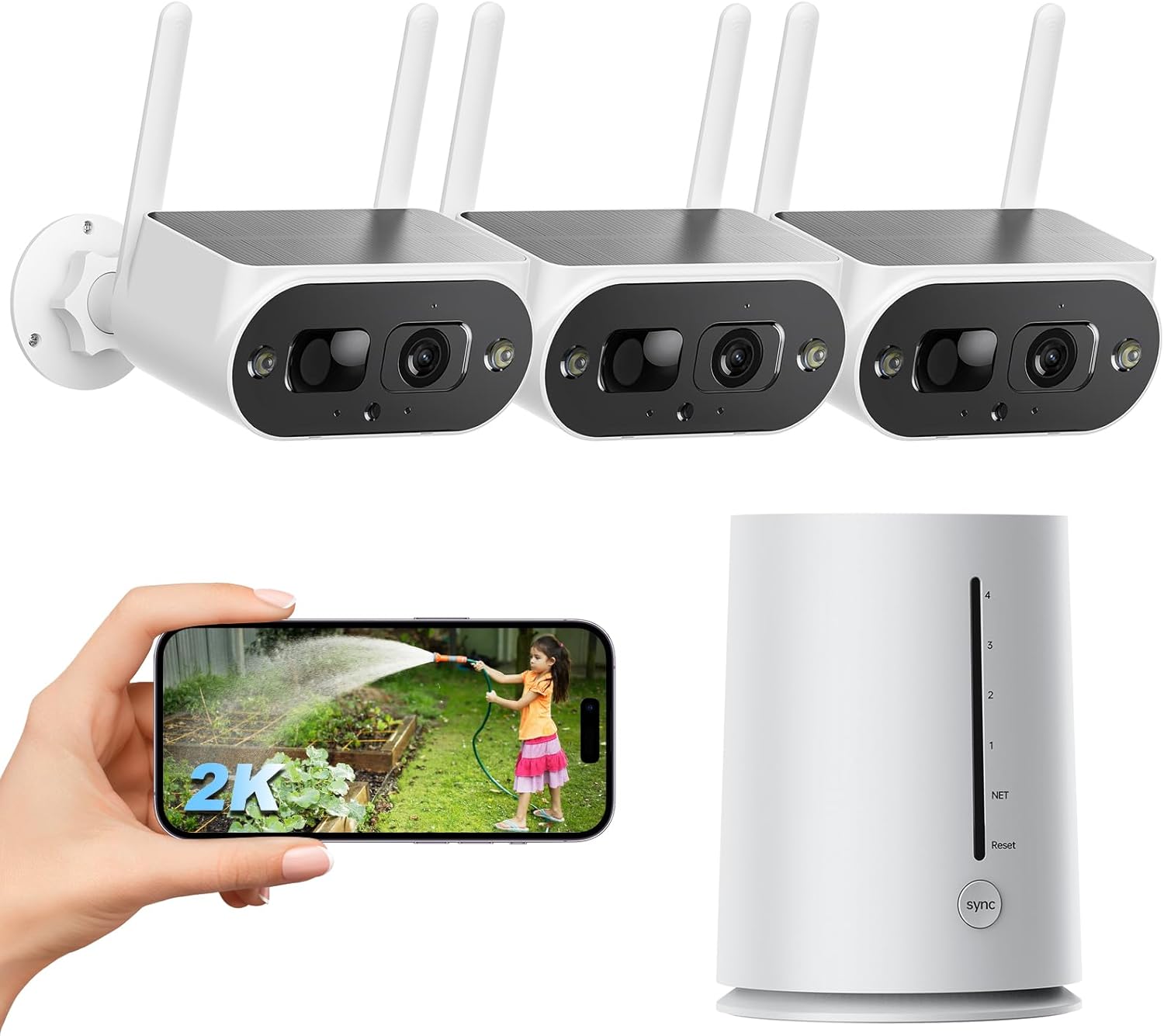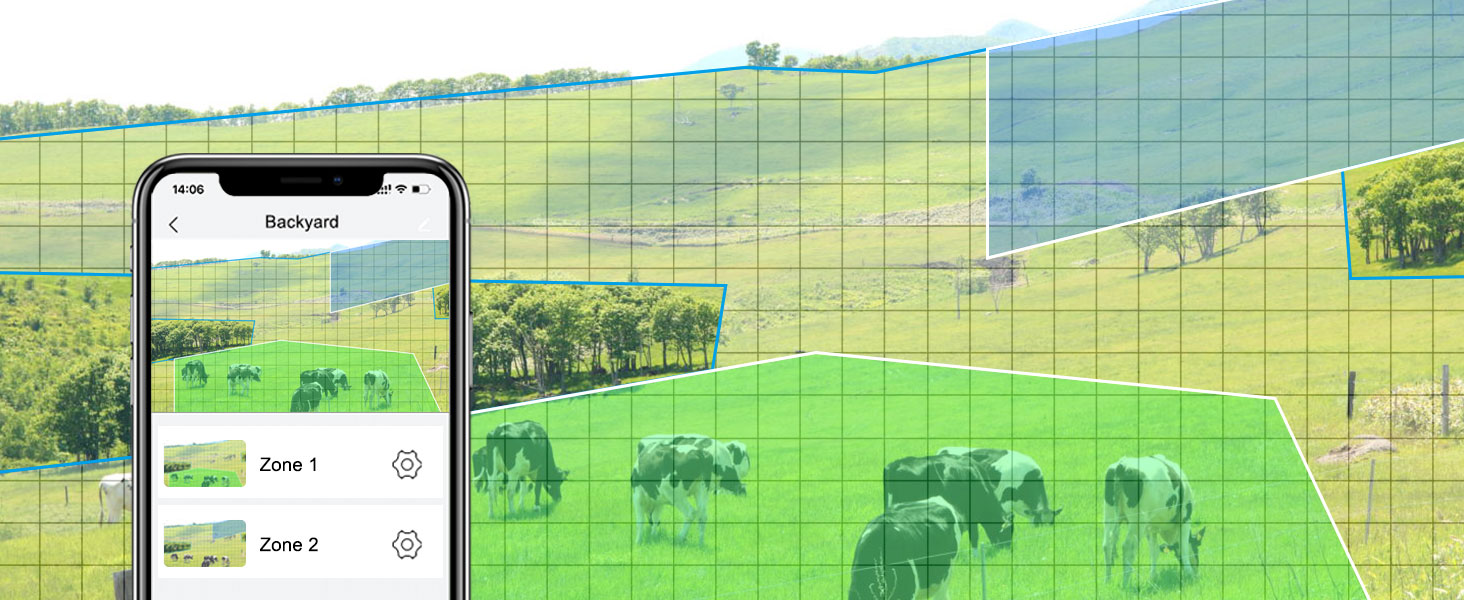The Allure of Solar-Powered Security Cameras
Solar-powered security cameras offer a compelling blend of convenience and environmental friendliness. The idea of a completely wireless, maintenance-free security system is incredibly appealing. But what happens when the sun isn’t cooperating? A common concern among potential buyers is whether these cameras can effectively function in shady areas, where sunlight is limited or non-existent. The short answer is: it depends. Let’s delve deeper into the factors that influence their performance in less-than-ideal lighting conditions.
Understanding Solar Panel Efficiency and Battery Capacity

The success of a solar security camera in a shady area hinges on two key components: the efficiency of its solar panel and the capacity of its battery. A high-efficiency solar panel will harvest more energy from even diffuse sunlight. However, even the best panel will struggle to generate sufficient power on consistently cloudy days or in heavily shaded locations. This is where battery capacity becomes crucial. A larger battery can store enough energy to power the camera for extended periods, even when solar charging is minimal.
Look for cameras with specifications that clearly detail both the solar panel’s wattage and the battery’s capacity (usually measured in mAh or Wh). Higher wattage panels and higher mAh/Wh batteries are essential for performance in shaded environments.
Strategic Placement: Maximizing Solar Energy Harvest
Even in shady areas, strategic placement can significantly improve a solar camera’s performance. While direct sunlight is ideal, you can still optimize charging by:
- Identifying the sunniest spots nearby: Even a partially sunny location can provide enough supplemental charging to keep the battery topped up. Consider placing the camera on a nearby wall or fence that receives more sun.
- Angle adjustment: Many solar cameras allow for adjustable panel angles. This lets you tilt the panel to maximize its exposure to the available sunlight, even if it’s indirect.
- Minimizing shade: Trim overhanging branches or remove obstructions that cast shadows on the solar panel during peak sunlight hours.
- Reflectors: In extreme cases, consider using strategically placed reflectors to bounce sunlight onto the solar panel.
Battery Life and Power Consumption: A Crucial Consideration

The battery life of your solar camera is directly related to its power consumption. Features like high-resolution video recording, night vision, and frequent motion detection significantly drain the battery. In shady areas, where solar charging is limited, these power-hungry features can quickly deplete the battery, leading to camera downtime. To mitigate this:
- Optimize settings: Reduce video resolution, lower the motion detection sensitivity, or use lower power modes when possible. Many cameras offer customizable settings to balance performance and battery life.
- Consider camera features: Prioritize cameras with low-power components and efficient processing. Check reviews and compare specs to find energy-efficient models.
- Check for low-light performance: Invest in a camera with excellent low-light performance. This will reduce the need for night vision, saving valuable battery power.
Alternative Power Solutions for Shady Areas

If you’re struggling to find a suitable solar solution for a consistently shady area, consider these alternatives:
- Wired cameras: While less convenient, wired cameras eliminate the need for batteries and solar panels altogether, ensuring constant power.
- Supplemental power source: If you have a nearby power outlet, you can use a small solar panel to supplement the battery charging and maintain it. This hybrid approach combines the benefits of solar with the reliability of mains power.
- Battery replacement: Frequently replace the battery to ensure continuous operation, especially in perpetually shaded areas. Look for easily replaceable batteries for convenient maintenance.
Comparing Solar Security Camera Brands and Models
Not all solar security cameras are created equal. When comparing models, look beyond marketing claims. Check independent reviews and detailed specifications to get a realistic picture of their performance in low-light conditions. Pay close attention to:
- Solar panel wattage: Higher wattage means more efficient charging.
- Battery capacity: Larger batteries provide longer runtime.
- Low-light performance: Good low-light performance reduces reliance on night vision, saving battery power.
- Power consumption: Lower power consumption extends battery life.
- User reviews: See what other users say about the camera’s performance in various lighting conditions.
Practical Advice and Troubleshooting Tips

Before purchasing a solar security camera for a shady area, consider these practical tips:
- Assess the lighting conditions: Carefully evaluate the amount of sunlight your chosen location receives throughout the day.
- Test the camera: If possible, test the camera in a similar environment before committing to a purchase.
- Monitor battery levels: Regularly check the battery levels to identify any potential charging issues.
- Clean the solar panel: Dust and debris can significantly reduce solar panel efficiency. Regularly clean the panel to maintain optimal performance.
Conclusion: Making the Right Choice
While solar security cameras can function in shady areas, their effectiveness depends on careful consideration of panel efficiency, battery capacity, strategic placement, and power consumption. By understanding these factors and exploring alternative solutions, you can choose the best system to ensure reliable security coverage, regardless of the lighting conditions. Remember, a little research and planning can go a long way in ensuring a successful installation, even in the most challenging locations.